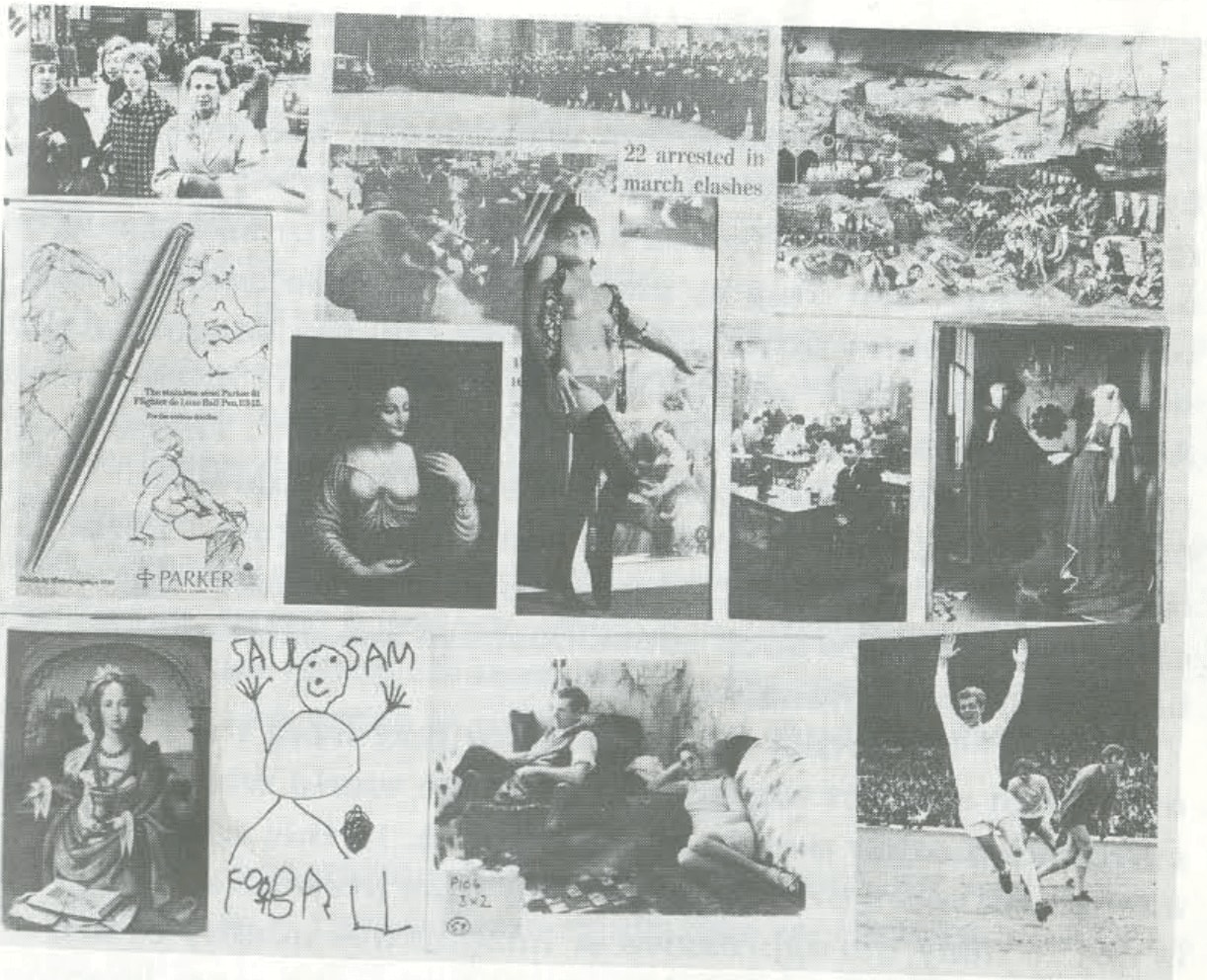

This double standard in perception of men and women in the eyes of society has caused much unrest and unhappiness. In comparison to an image, a woman is both a painting and its critic, whereas a man only has to be a painting with surface-level meaning. She is almost continually accompanied by her own image of herself” (Berger 46). In addition, women must monitor their actions to manipulate the way in which they are interpreted, causing them to judge themselves as an outsider, rather than just being able to live out their own feelings, unrestricted: “A woman must continually watch herself.

Every thought and action of a woman is scrutinized for meaning, similar to the way images are scrutinized by art critics, who sometimes ruin art by digging too deeply for meaning. Rather than basing value on a general, outward impression, women are judged based on their “gestures, voice, opinions, expressions, clothes, chosen surroundings, taste” (Berger 46). There is nothing she can do which does not contribute to her presence” (Berger 46). Conversely, a woman’s value is based on the inner meaning and connotations behind her presentation and actions: “By contrast, a woman’s presence expresses her own attitude to herself, and defines what can and cannot be done to her….

This is similar to the way an image’s value is determined, which is through the picture it portrays. The promised power may be moral, physical, temperamental, economic, social, sexual – but its object is always exterior to the man” (Berger 45). He says men are only valuable in relation to what they can offer: “A man’s presence is dependent upon the promise of power which he embodies…. Berger’s comparison of men and women is rooted in his study of art and images.


 0 kommentar(er)
0 kommentar(er)
